What is the Black Soul of La Lajas Manor? What is the flavor of Costa Rican black soul coffee?
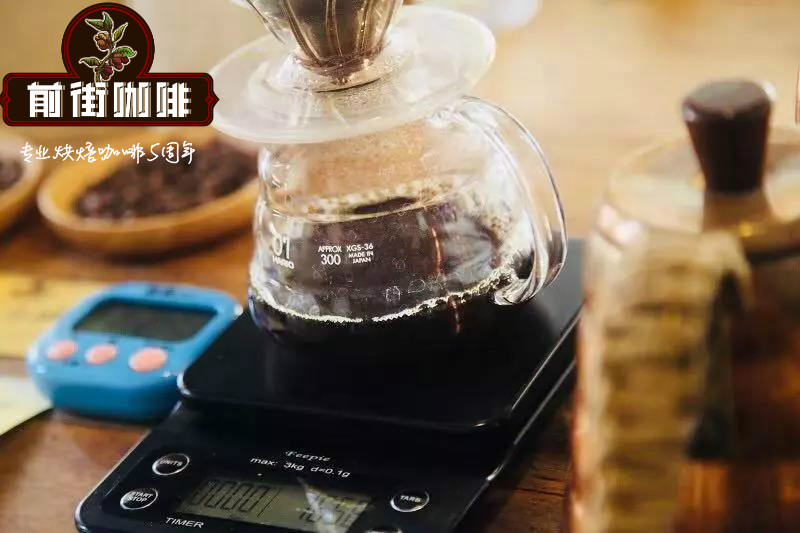
Professional coffee knowledge exchange more coffee bean information please follow the coffee workshop (Wechat official account cafe_style)
Among the exquisite sun and honey treatments that are quite popular in Costa Rica, La Lajas Manor is one of the first estates to begin systematic research and treatment, and has been a favorite coffee farm for global buyers for many years. La Lajas Manor is now jointly run by the third-generation manor owner Francisca Cubillo and his wife Oscar. The estate is located in the Central Valley producing area (Central Valley), not far from the capital, quite close to the Poas Volcano volcano, with an annual output of about 55200 kg at an altitude of 1,250 Murray 1500 meters.
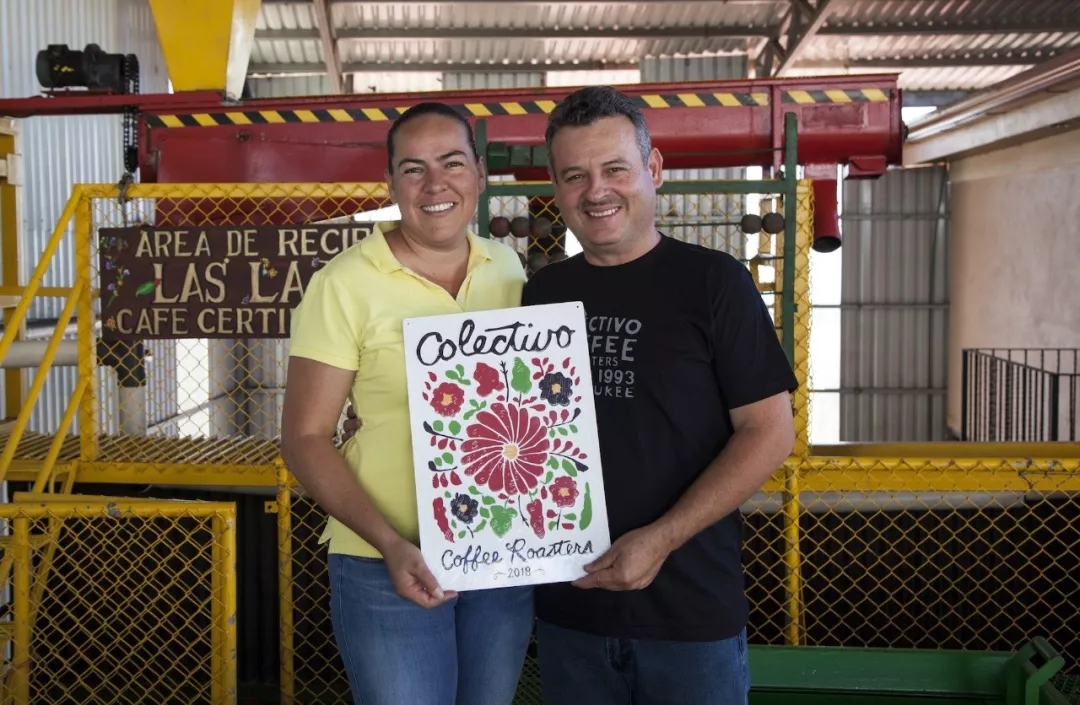
Many years ago, Francesca, the owner of the manor, had been hoping to improve the flavor of the coffee in the manor. at that time, the vast majority of coffee farmers in Costa Rica generally adopted the traditional washing method to meet the needs of the American and European markets. so the manor owner began to study and improve a lot of equipment in the manor to better meet the needs of sun and honey-treated coffee. During the harvest stage, the landowner used the sweetness detector (BRIX) to screen the red fruits of coffee up to the standard, and set up his own washing treatment station for coffee treatment, and finally placed it on the African scaffolding for follow-up exposure.
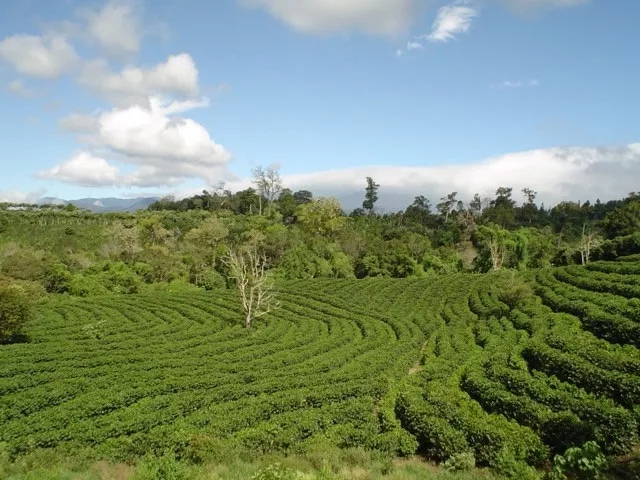
In the coffee processed by La Lajas, the owner of the manor divides the honey-treated and sunburned coffee into many different items according to the expression of flavor. Costa Rican farmers mostly use the peeling machine at the water washing station to control the amount of residual flesh, but the La Lajas estate decided to use a different way. In other words, the highest percentage of the pulp is retained but the exposure and turning time on the African scaffolding is controlled to show different coffee flavors. in the honey treatment, the manor divides the coffee into yellow honey, red honey and black honey.
■ Black Soul:
The harvested red coffee fruits are placed on the African scaffolding in the early morning, and the whole process takes about three weeks to turn and expose regularly for one day and rest with plastic cloth until the moisture content is 11.5%.
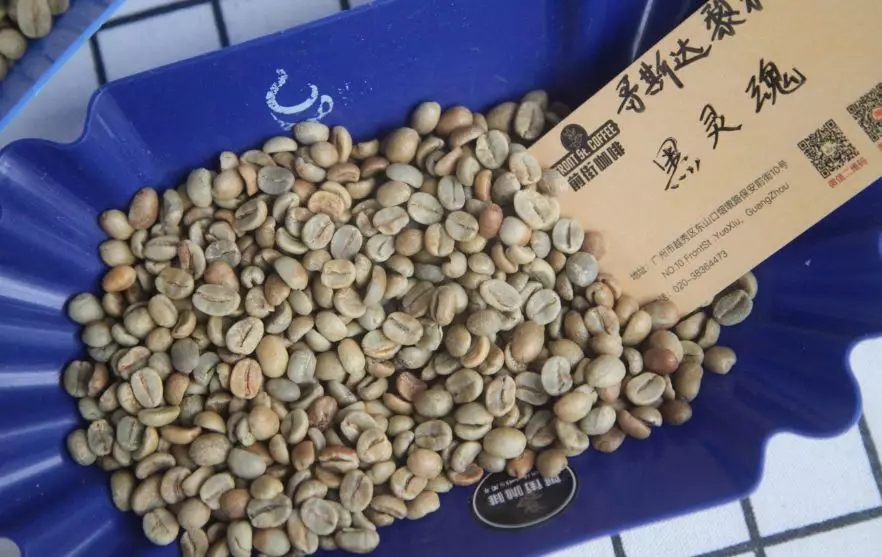
At the same time, in the manor fertilization materials, the manor owner strictly requires that all processes should be planted and fertilized in accordance with organic standards, and the whole manor uses organic self-made compost. At the same time, the organic standard is extended to include soil quality, shade trees and washing plant procedures. After years of efforts, Ras Lajas Manor has passed the Japanese JAS, American USDA and NOP organic certification.
"Black as the devil, hot as hell, pure as an angel, sweet as love." This is a brief note on perfect Coffee by Charles Maurice de Talleyrand, a diplomat during the French Revolution. It is sharp and shocking and impressive.
General coffee, which has a deep taste, a light sweet feeling, and some as clean as water, can combine three characteristics in one, which is rare in the market.
Costa Rica-La Lajas (Black Soul), the taste of the drink is heavy, but it is clean and refreshing after entering the throat, with a honey rhyme. Although I don't know what kind of coffee the French ancestor drank at that time, it should be very similar to this cup of black soul.
Qianjie coffee is suggested to be brewed with a V60 filter cup.
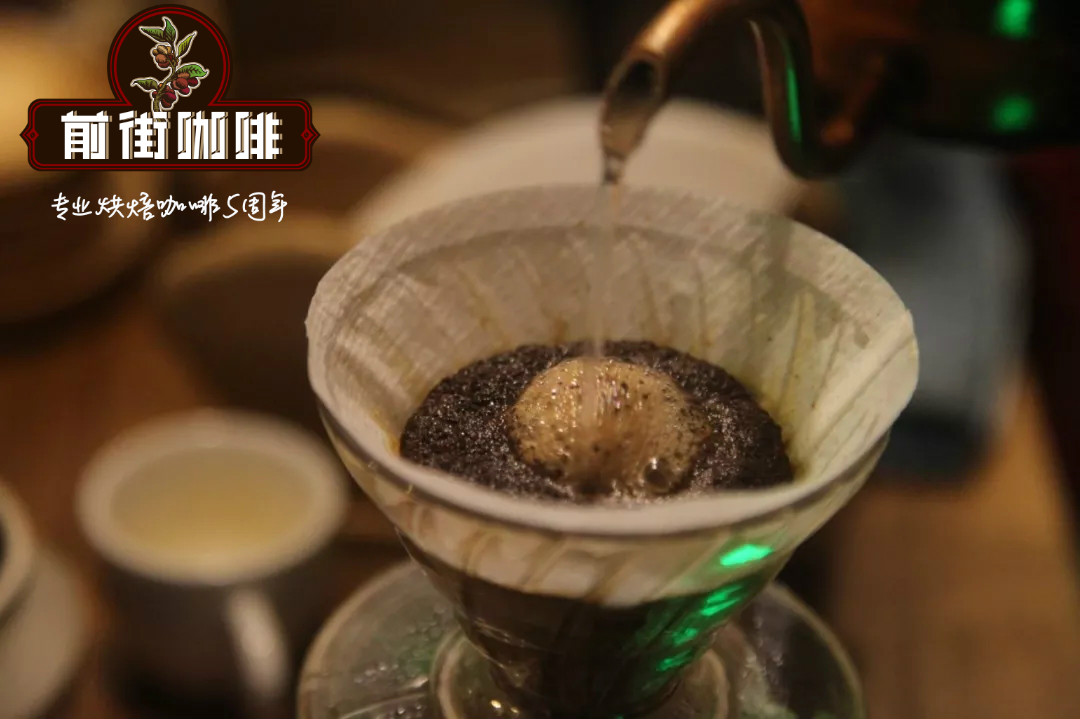
Tips on hand punching skills:
V60 filter cup, medium and fine grinding, water powder ratio 1:15, water temperature 89 ~ 91 °C
Other cooking suggestions:
Normal pressure: medium grinding, ratio of water to powder 1:15, water temperature 89-91 °C
Siphon kettle: medium and fine grinding, water powder ratio 1:15, water temperature 90-91 °C
END
Important Notice :
前街咖啡 FrontStreet Coffee has moved to new addredd:
FrontStreet Coffee Address: 315,Donghua East Road,GuangZhou
Tel:020 38364473
- Prev

SL28 Coffee Costa Rica Chispita Gold Honey Treated Flavor
Professional coffee knowledge exchange More coffee bean information Please pay attention to coffee workshop (Weixin Official Accounts cafe_style) Costa Rica coffee is the most stable quality among Central American coffee, the most important is that coffee grows under the shade of complete trees and cool rainy nights and in the natural environment with large temperature difference between morning and evening, plus rich soil and stable and progressive middle and later treatment make Costa Rica
- Next
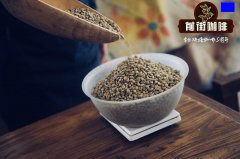
Introduction of red cherry plan how to bake red cherry plan what baking degree is good red cherry plan
Professional coffee knowledge exchange more coffee bean information please follow the coffee workshop (Wechat official account cafe_style) in Ethiopia washing beans will add 1 and 2 after the name to make a distinction (to 1 better quality), immediately remove the pulp after the coffee cherry harvest, and then put the coffee beans into water to ferment to remove the pectin layer, this process takes several hours, and the number of hours depends on the number of hours.
Related
- Does Rose Summer choose Blue, Green or Red? Detailed explanation of Rose Summer Coffee plots and Classification in Panamanian Jade Manor
- What is the difference between the origin, producing area, processing plant, cooperative and manor of coffee beans?
- How fine does the espresso powder fit? how to grind the espresso?
- Sca coffee roasting degree color card coffee roasting degree 8 roasting color values what do you mean?
- The practice of lattes: how to make lattes at home
- Introduction to Indonesian Fine Coffee beans-- Java Coffee producing area of Indonesian Arabica Coffee
- How much will the flavor of light and medium roasted rose summer be expressed? What baking level is rose summer suitable for?
- Introduction to the characteristics of washing, sun-drying or wet-planing coffee commonly used in Mantenin, Indonesia
- Price characteristics of Arabica Coffee Bean Starbucks introduction to Manning Coffee Bean Taste producing area Variety Manor
- What is the authentic Yega flavor? What are the flavor characteristics of the really excellent Yejasuffi coffee beans?

